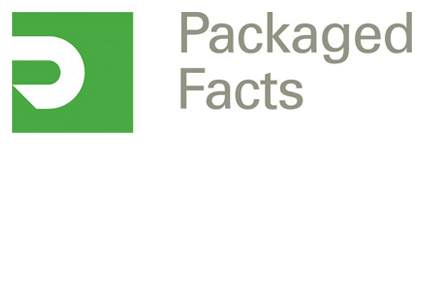American food retailers seeking to scare up increased sales of candy products during autumn are likely in for a sweet surprise. Last year, sales of seasonal Halloween chocolate candy reached $217 million, up 12%. Such growth outperformed purchases of similar seasonal chocolate products during Christmas and was on par with percentage gains experienced for Valentine’s Day.

|
The findings were published in Chocolate Candy in the U.S., 10th Edition by market research firm Packaged Facts.
The top five marketers of seasonal Halloween chocolate—Hershey, Mars, Nestle, Russell Stover, and R.M. Palmer—account for 98% of the category’s dollar sales. Hershey and Mars alone account for roughly 87% of Halloween chocolate sales. Mars attributes the success of its Variety Bags as a major area of growth for the company during the holiday.
The overall U.S. market for chocolate grew 4%, reaching $21 billion in 2013. Everyday chocolate dominates the overall market, accounting for almost 83% of sales with the remainder attributable to premium chocolate. However, premium chocolate grew at a faster rate than everyday chocolate, which makes the growth of Halloween chocolate products especially impressive considering that these typically bagged rather than boxed candies are less likely to be of the premium variety, notes Packaged Facts research director David Sprinkle.
With Lindt & Sprüngli having acquired Russell Stover this past July, it will be interesting to see what the powerhouse duo has planned for the chocolate market, especially in regards to seasonal premium chocolate offerings. Though claiming only 7% of seasonal Halloween chocolate sales last year, Russell Stover already stands out from other marketers in terms of unit sales. While the bigger marketers sell bagged Halloween chocolate, Russell Stover sells more individual units, which could potentially be parlayed into increased sales of individual premium Halloween chocolate units should Lindt guide momentum in that direction.



